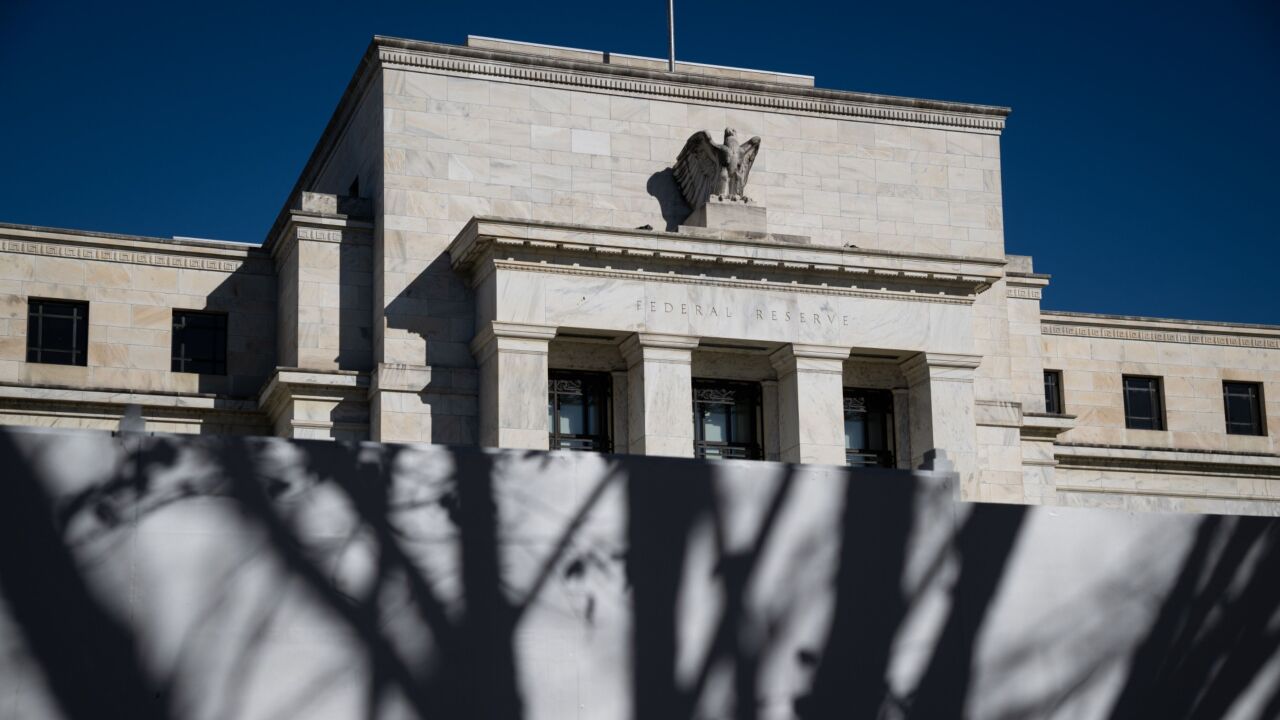While banking companies generally were cutting their mutual fund advertising spending early this year, Fifth Third Bancorp's $3 million ad campaign helped bring in $600 million of assets and has been renewed for this quarter.
"We began the year with a focus on mutual funds," said Jeni Wehrmeyer, the vice president of investment marketing at Fifth Third in Cincinnati. "We don't have the history of a Fidelity in the fund business, so we have to make sure the public and our clients know what we have. We have to hit the media pretty hard."
Fifth Third's ad campaign ran in print, radio, and television media in the company's seven largest markets, using the slogan "a whole new world" to tell customers and potential customers about the bank's array of funds. It nearly doubled its proprietary fund roster when it bought Old Kent Financial Corp. of Grand Rapids, Mich., in April 2001. Fifth Third now has 31 funds and $12 billion of assets under management.
"We hit really hard in February, and the campaign was really quite successful," Ms. Wehrmeyer said.
But Fifth Third was an exception in financial services. Most banks, insurance companies, and fund firms have significantly cut their mutual fund advertising budgets since last year.
Competitrack, a New York company that tracks advertising spending, said that fund companies spent 70% less in the first quarter of 2002 on print and television advertising than they had the year earlier. Banks spent 35.7% less on mutual fund ads (though their overall advertising rose), the company said, and insurance companies, 65% less.
"Marketing and advertising are the first things to be cut when business is bad," said Kenneth Kehrer, the president of Kenneth Kehrer Associates, a consulting firm in Princeton, N.J. "This is the classic struggle between marketers and bean counters. They expect to turn up fund sales without spending anything to get the products out there."
Many banks have concentrated their marketing and advertising dollars on their own customer bases. Julie Caruthers, a spokeswoman for Bank One Corp. in Chicago, said it has focused its ads on fostering cross-sales to its customers.
Jeff Vogelbacker, the managing director for SunTrust's SGI Classic Funds, said a lot can be accomplished by focusing on internal banking customers and through direct mail.
"Sometimes building assets by penetration through customers is more effective than a broad-brush ad campaign," Mr. Vogelbacker said. "This is a tough market environment for mutual funds. Last year was not particularly great, and 2002 has been difficult. Everyone is focusing on efficient ways to build assets."
Fifth Third's Ms. Wehrmeyer said, though, that banks must be more aggressive now. Another regional banking company, Wachovia Corp., made a big marketing move last week, launching a national advertising campaign that will help it rebrand its securities businesses as they adopt the Wachovia name in the wake of the First Union merger. It said it expects to spend tens of millions of dollars on the push.
Competitrack, which tracks print ads in 1,200 publications and TV ads nationally, said banks' first-quarter spending was 19% higher than in the fourth quarter, though off 35.7% from the first quarter of 2001.
Ms. Wehrmeyer said that, in view of its first-quarter success, Fifth Third had expanded its ad campaign into the second quarter and will probably spend about $3 million again.
Fifth Third has been the beneficiary of a lot of investors' cash that has "left the investment markets and moved into safe banking investment vehicles," she said. "We want to be sure when these customers feel comfortable about going back into the market that they come back and invest with us. This makes it even more important for a bank to market and advertise its investment products in a volatile and questionable market."





